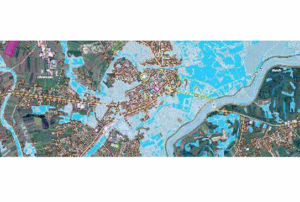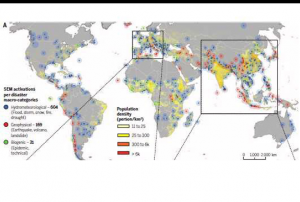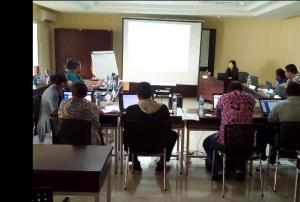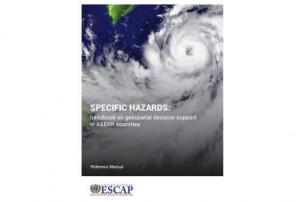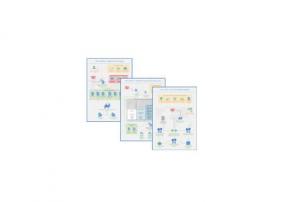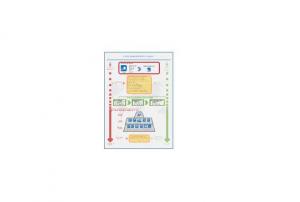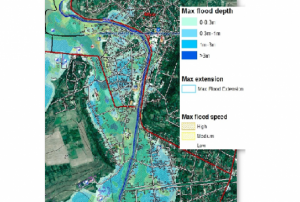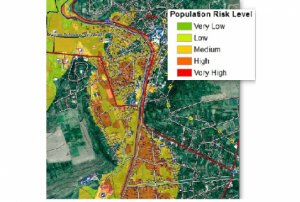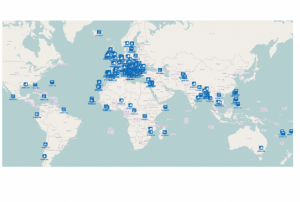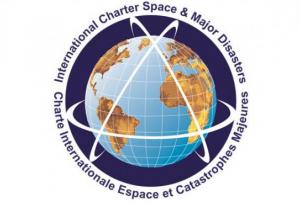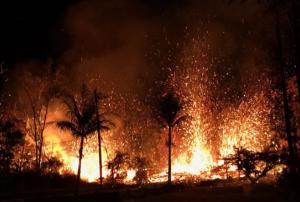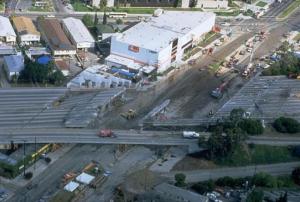Earthquake
Definition
Facts and figures
Further information
UN-SPIDER Regional Support Offices with hazard-specific expertise
Related content on the Knowledge Portal
The guidelines will be reviewed and updated periodically, in order to integrate new best practices and to be responsive to evolutions in technology and end-user needs. The IWG-SEM chair has the responsibility to initiate the review, by agreement of the Working Group.
The production and the maintenance of the guidelines are based on a joint effort by the members of the International Working Group on Satellite-based Emergency Mapping (IWG- SEM), a voluntary group of organizations involved in satellite-based emergency mapping. It was founded to improve cooperation, communication and professional standards among the global network of satellite-based emergency mapping providers. The chairperson of the group is nominated for a term of one year and is responsible for organizing the monthly telecons and bi-annual meetings. The current chair is from the Department of Geoinformatics, Z_GIS University of Salzburg / Spatial Services Ltd, Austria…
Publishing institution:Intensive capacity development sessions for Pacific island countries (Cook Islands, Fiji, Kiribati, Micronesia (the Federated States of), Samoa, Solomon Islands, Tonga, and Vanuatu).
The project aims to enhance institutional and technical capacity for using geospatial data and technology applications and promote regional cooperation for sharing geospatial data for disaster management in Pacific island countries.
Publishing institution:Developed for the needs of the ASEAN sub-region in Asia and the Pacific, the handbooks can also be adapted for use in other regions.
The handbooks have been developed through expert working groups, in collaboration with United Nations partners including UNOOSA/UN-SPIDER, UNITAR-UNOSAT, and OCHA. As well as extensive consultation with space agencies, national disaster management authorities and regional institutions, including GISTDA, LAPAN, ASEAN Coordinating Centre for Humanitarian Assistance on Disaster Management and Asian Institute of Technology.
Publishing institution:For a comprehensive and objective analysis of the settlement patterns, the DLR additionally developed an approach to display the spatial networks between the mapped settlements. It enables the computation of various form and centrality measures to characterize settlement patterns, at different spatial units, ranging from global to local scale.
Publishing institution:CEMS is a core service of the European Union’s Earth Observation programme Copernicus. It supports all phases of the disaster management cycle by delivering warnings and risk assessments of floods and forest fires and by providing geospatial information derived from satellite images on the impact of natural and man-made disasters all over the world (before, during or after a crisis). The two Mapping services of CEMS (Rapid Mapping, Risk and Recovery Mapping) are delivering products since April 2012. The Risk & Recovery Mapping provided for example information for preparedness, disaster risk assessment and risk reduction related to earthquakes in Nepal, several post-disaster assessments for flood and fire events, reconstruction and recovery monitoring in Haiti, and multi-risk assessments for the Azores Islands in Portugal.
CEMS is coordinated by the European Commission (joint coordination between the Directorate Generals ECHO, JRC, GROW). Activation requests…
read morePublishing institution:The International Charter “Space and Major Disasters” has been activated on 6 August after a 6.9 magnitude earthquake struck the island of Lombok, Indonesia.
At least 98 people have been killed and 10,000 have been evacuated after a 6.9 magnitude earthquake struck off the coast of Lombok, destroying buildings and cutting power. The neighbouring islands of Bali and Gili Islands have also been affected. The quake struck at a depth of 13 km, according to GEOFON Program Potsdam, and tsunami warnings were triggered. Search and rescue efforts are also being affected by dangerous aftershocks, with over 130 having been recorded since the initial earthquake.
The International Charter activation was requested by the Asian Disaster Reduction Center (ADRC) on behalf of the Indonesian National Institute of Aeronautics and Space (…
read more07/08/2018The International Charter Space and Major Disasters has been activated for an earthquake and eruption of the Kilauea Volcano in Hawaii, USA on Monday.
The volcano erupted on 4 May alongside a 6.9 magnitude earthquake, spraying lava up to 70 metres and causing the evacuation of 2000 individuals, in addition to the destruction of several buildings. Dangerous levels of toxic sulfur dioxide from the lava flows also present a hazard. Residents are urged not to return to hazardous areas until the risk has subsided.
This activation was requested by the US Geological Survey on behalf of USGS Hawaii Volcano Observatory/Cascades Volcano Observatory. This project was also managed by the USGS.
11/05/2018Global Navigation Satellite Systems (GNSS) are giving scientists in North America new insights into detecting potential earthquakes before they strike.
Accurate early warning of earthquakes is challenging because of earthquakes’ unpredictable nature. They often strike on otherwise normal days and frequently strike with fatal force. In spite of recent advances in seismology, the prediction of earthquakes remains difficult.
However Global Positioning System (GPS) satellites and the data they provide are now changing this, allowing scientists to track and calculate the gradual buildup of strain on fault lines. This helps them to identify the places where earthquakes are most likely to occur.
Since 2011, scientists at both the Pacific Northwest Geodetic Array (PANGA) and Natural Resources Canada have been installing a network of GPS sensors to existing seismometer stations across North America. These sensors…
read more09/05/2018- Publishing institution:

